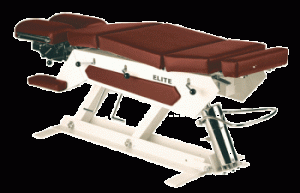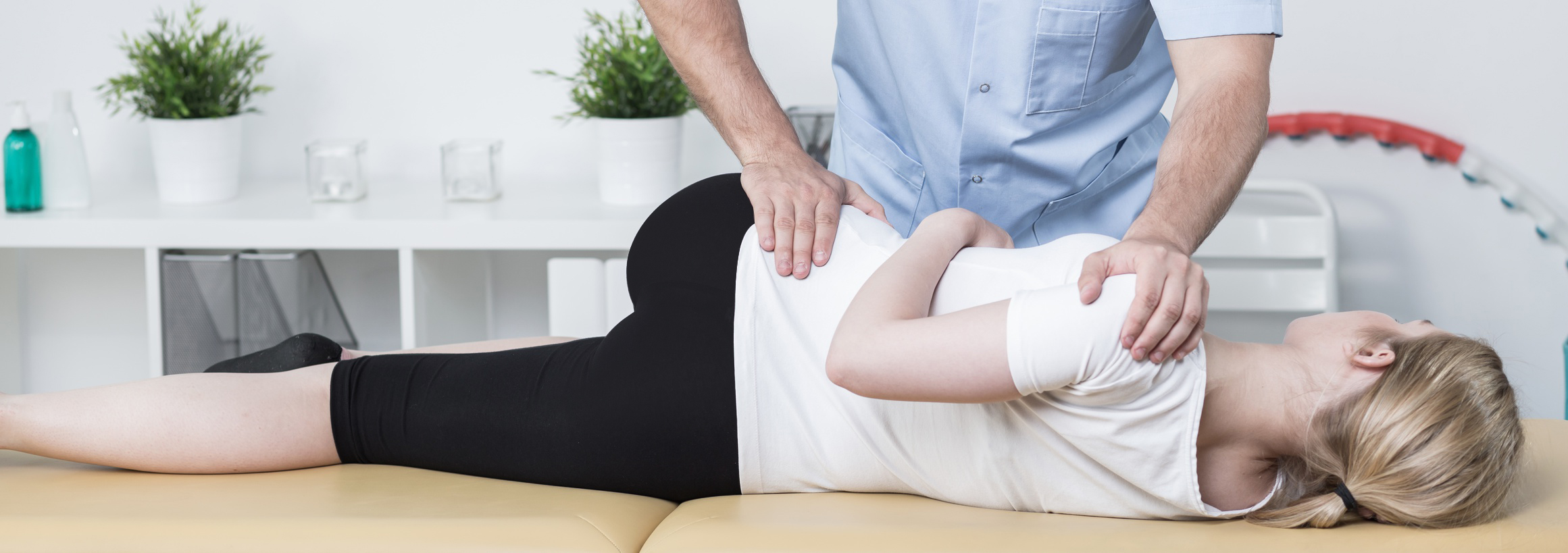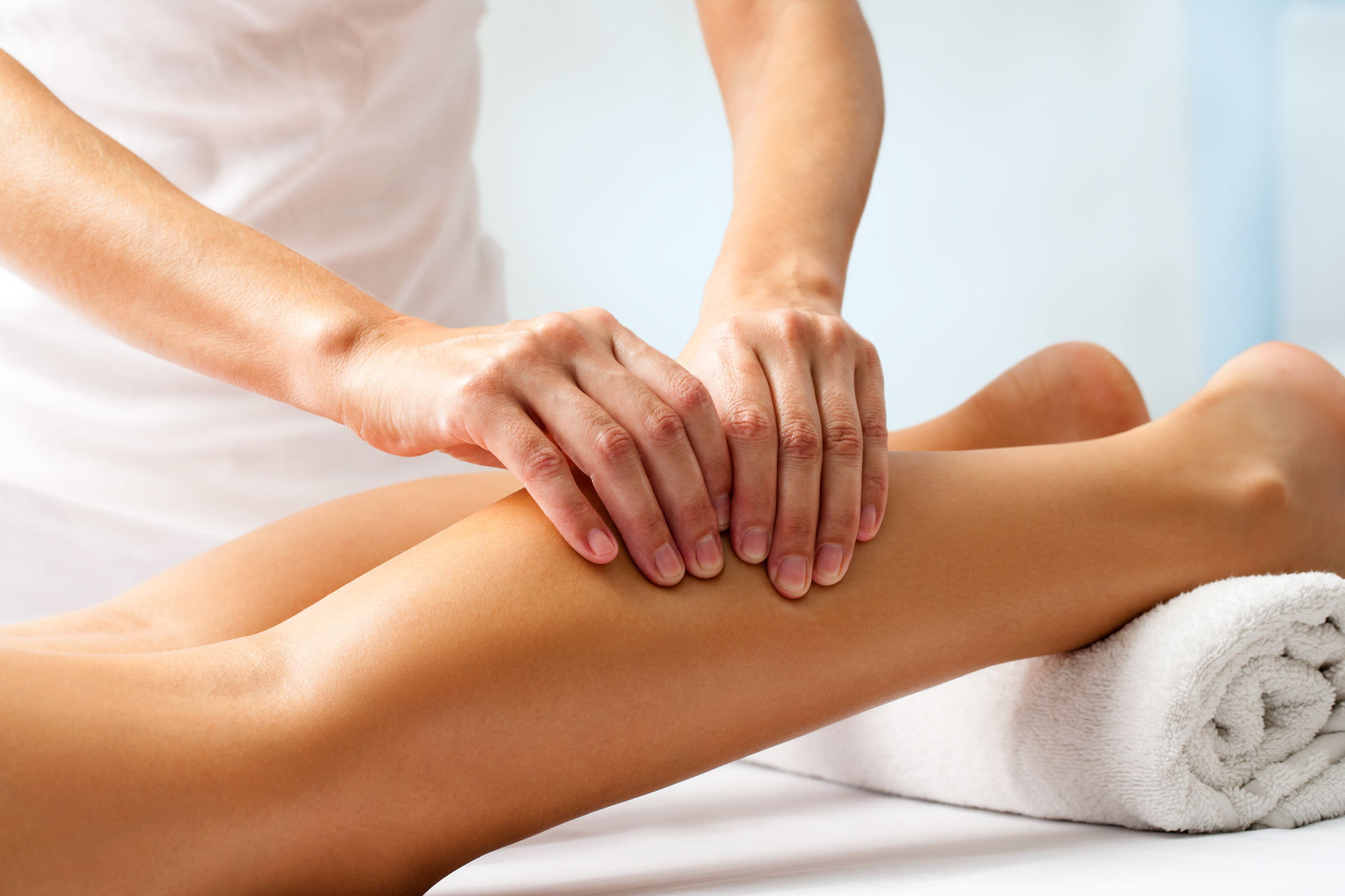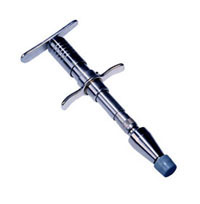Chiropractic Techniques
Below you will find brief summaries on the various techniques we have mastered over the years to help every person achieve a pain free and better functioning life. Let us work together to choose the best technique for you.
Drop Table Technique
More and more chiropractors are using the segmental drop adjusting table to care for their patients.
So how does the drop mechanism work?
First, there are some basic structures that are used to control the dropping of the cushion that supports the body. Most drop tables that utilize a drop mechanism must have several controls for the drop adjusting system. There must be a cocking mechanism that can be either manual, air, hydraulic, or even a magnet and drop system.
Eventually, various methods were tried that would control the depth of the drop mechanism and the quickness of the drop as the thrust was delivered to the segment being adjusted.
Thompson,DC, in the mid-1950s began development of additional drop pieces for the dorsal, lumbar, and pelvic regions to expand on the adjusting of the entire spine with this new method of correcting misalignments of the spine.
The tension is adjusted by turning the control knob in to increase tension and out to reduce tension on the drop piece. This control is the most important consideration in setting up the drop piece to the weight of each patient.
 Keeping the drop tension at the minimum creates the most ideal situation of the adjusting process with these segmental drop system.
Keeping the drop tension at the minimum creates the most ideal situation of the adjusting process with these segmental drop system.
The modifications that have been made by various manufacturers has improved the quality of the adjusting process in using a low-force adjusting for our patients.
Segmental drop adjusting affords the opportunity for the doctor of chiropractic to adjust the patients with reduced reflective force to the doctor. It is physically easier, especially for doctors to adjust patients who are larger than they are.
Activator Methods Technique
Evolved from nearly 40 years of empirical study and 15 years of clinical research, the Activator Methods Chiropractic Technique (AMCT) uses the latest advances in orthopedic, neurological and chiropractic examinations to seek joint dysfunction in the spinal column and extremities for improved patient care.
AMCT uses the Activator Adjusting Instrument to give consistent low-force, high-speed chiropractic adjustments.
Over 35,000 doctors have been trained in AMCT making AMCT the most widely used technique worldwide; a testament to low force patient satisfaction.
Manual Adjusting Technique
This consists of an assisted motion applied to the vertebra beyond the active and passive range of motion. This technique requires much skill and competence and should ONLY be performed by a CHIROPRACTOR!
Chiropractic manual adjustment of the spine uses the force of a chiropractor’s hands without the aid of instruments. The pioneers of Chiropractic techniques simply used their hands to influence overall health by manipulating the neuromusculoskeletal system.
 The spine is critical to overall well being. Spinal dysfunction interferes with the nervous system, which can lead to a multitude of health problems.
The spine is critical to overall well being. Spinal dysfunction interferes with the nervous system, which can lead to a multitude of health problems.
The chiropractor applies force along the spine, in a process known as spinal adjustment addressing biomechanical failure in each section of the spine. It is non-invasive and does not require the use of accompanying medication.
Dr. Tom Kelly
12100 Macleod Trail SE #214, Calgary, AB T2J 7G9
Phone: 403-278-7876
Regular Hours
Mon: 8am-12noon, 3pm-7pm
Tues: 3pm-7pm
Wed: 8am-12noon, 3pm-7pm
Thur: Closed
Fri: 8am-12noon, 3pm-7pm
Sat: 9am-12noon
Sun: Closed
Summer (Jun-Aug)
Mon: 8am-12noon, 3pm-7pm
Tues: 3pm-7pm
Wed: 8am-12noon, 3pm-7pm
Thur: 3pm-7pm
Fri: 8am-12noon
Sat: Closed
Sun: Closed







